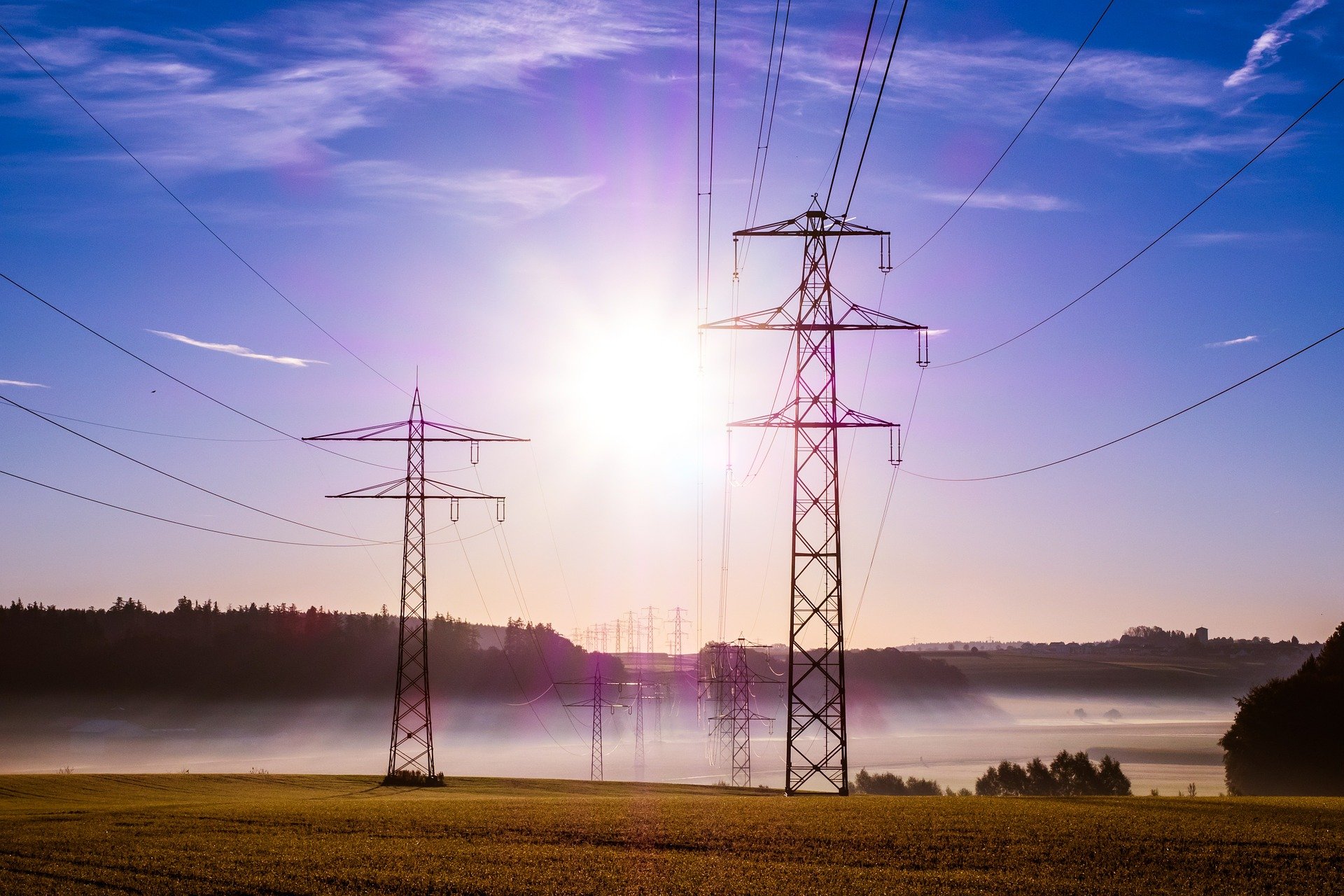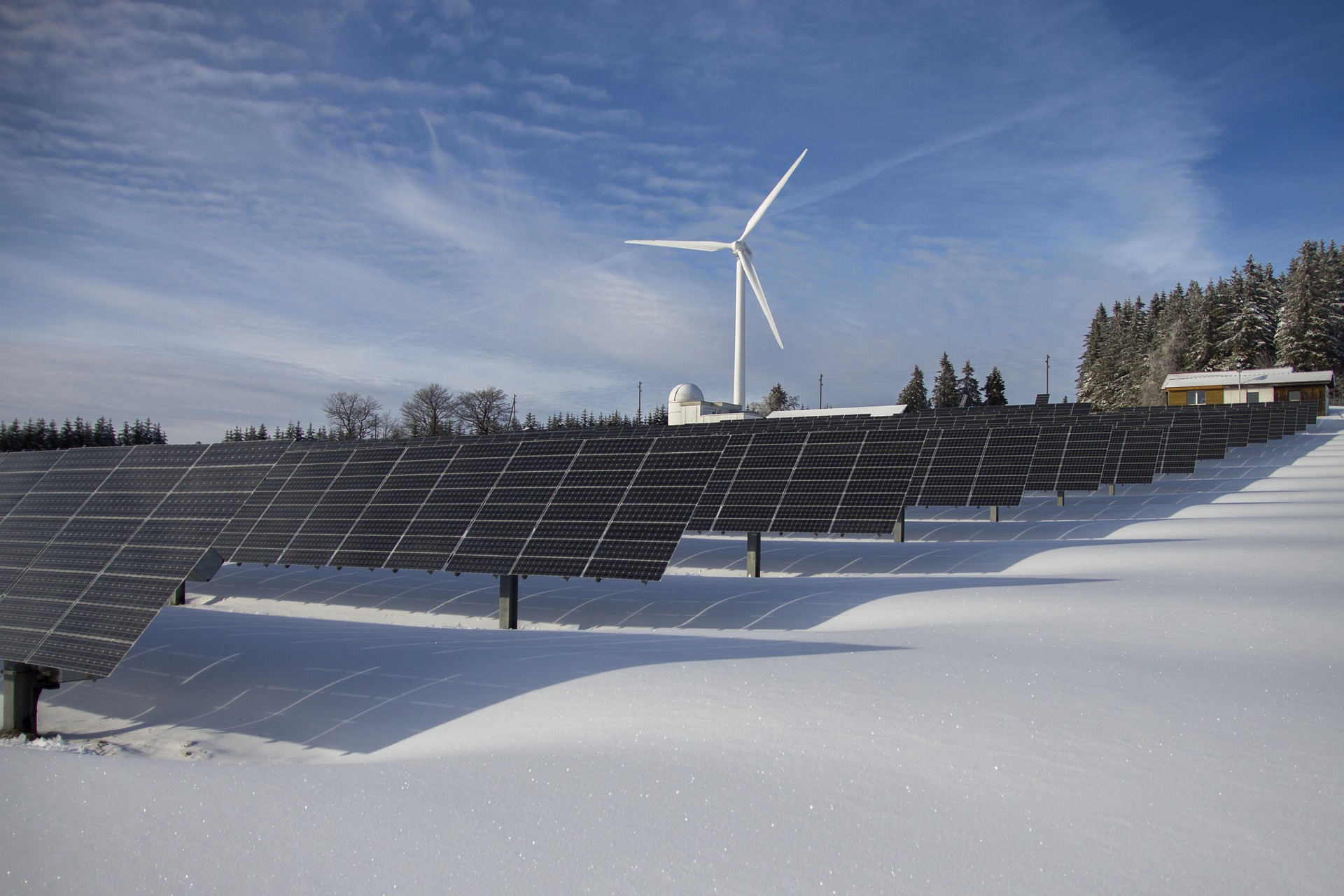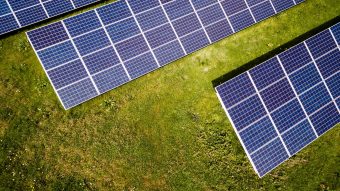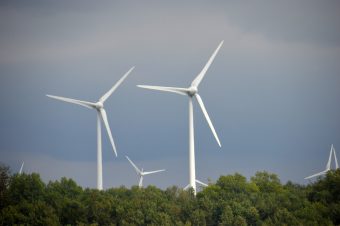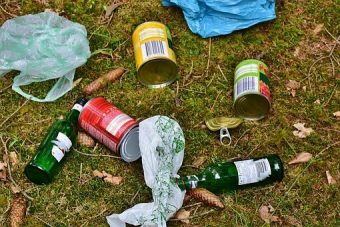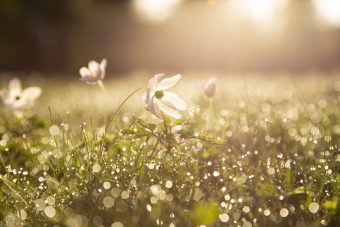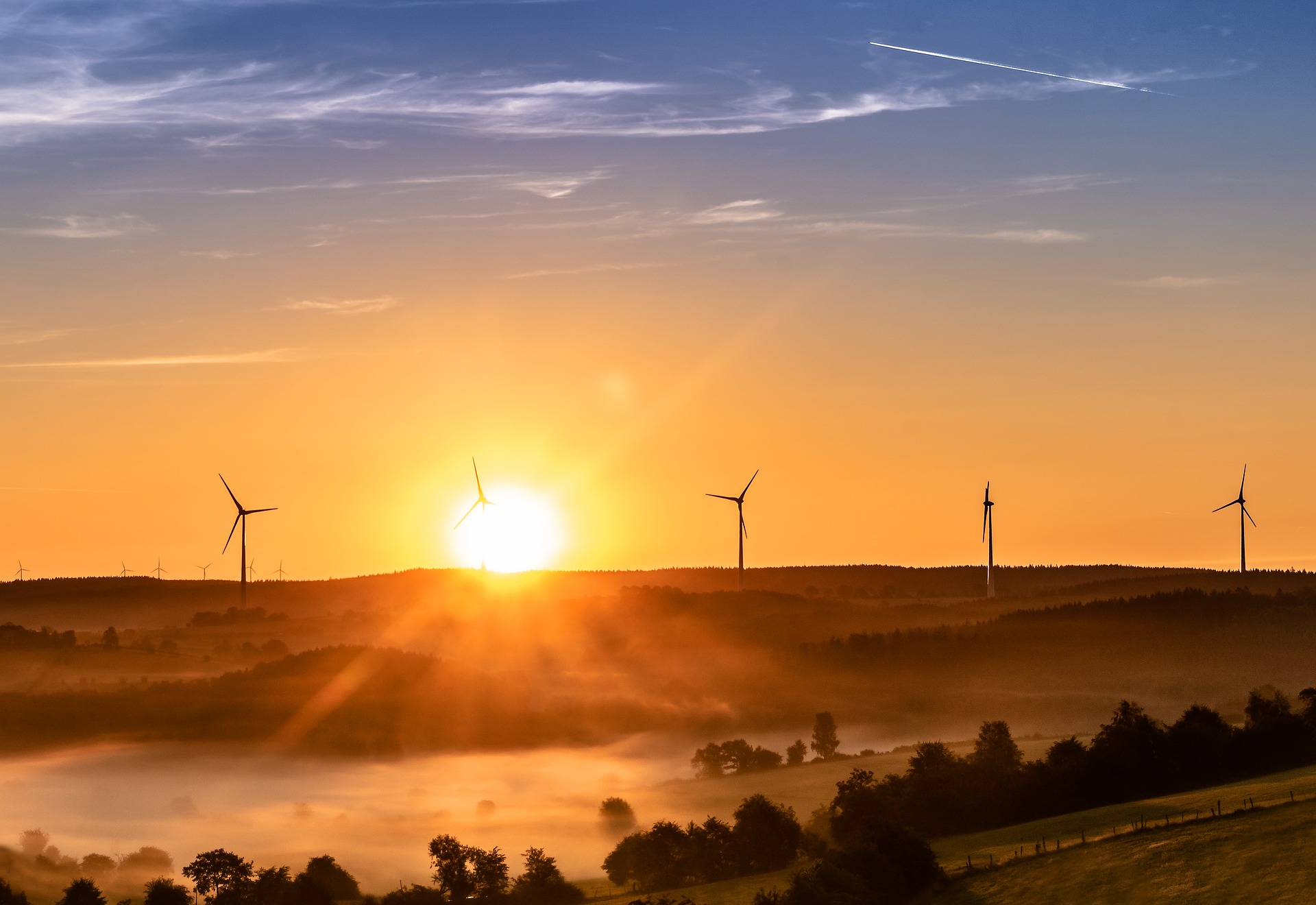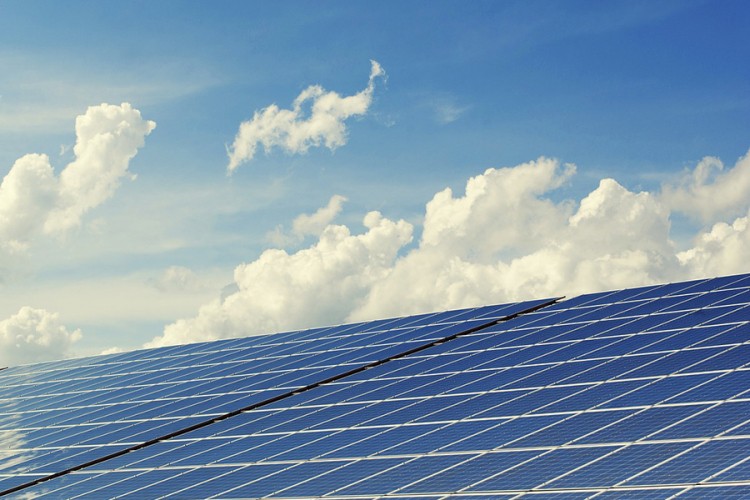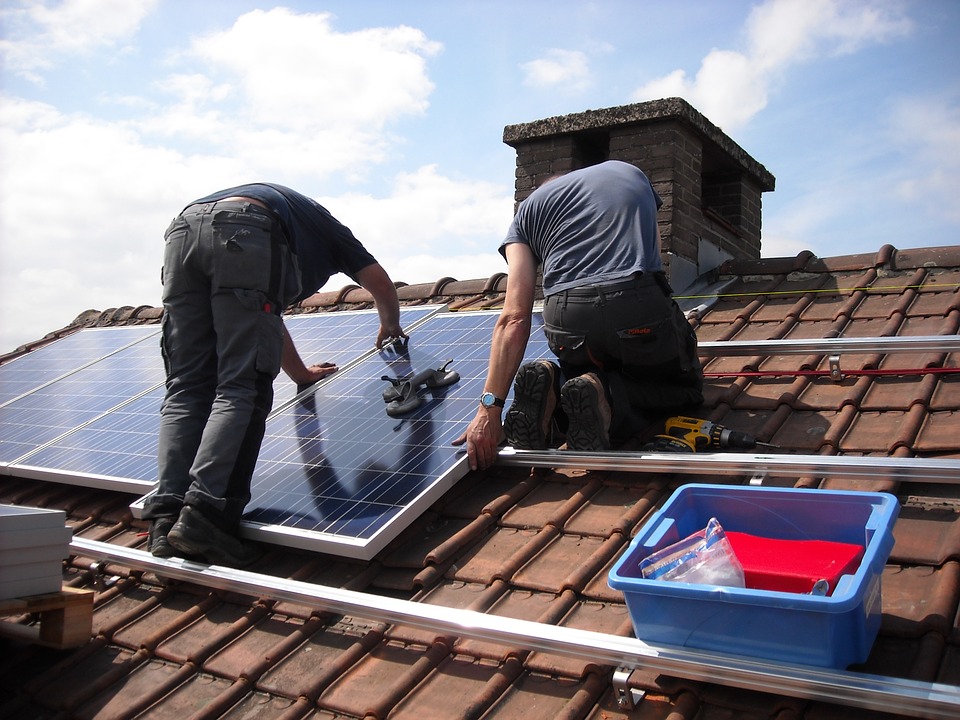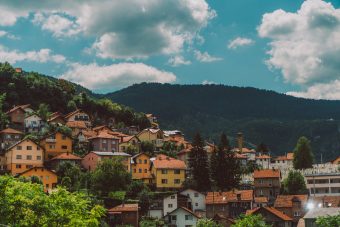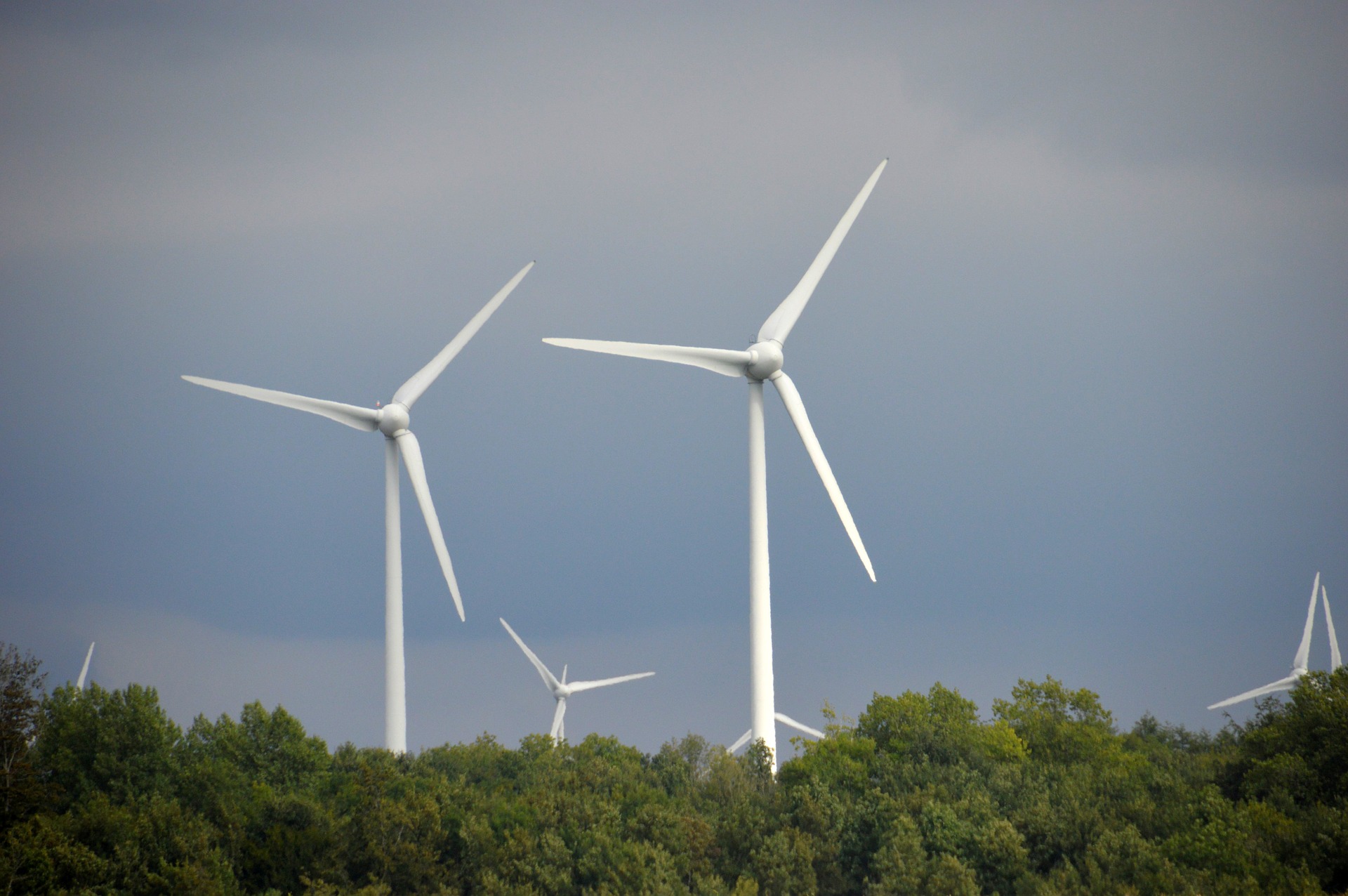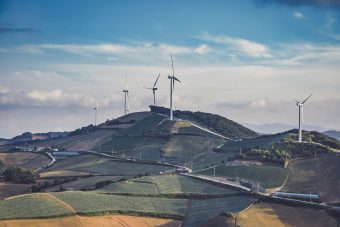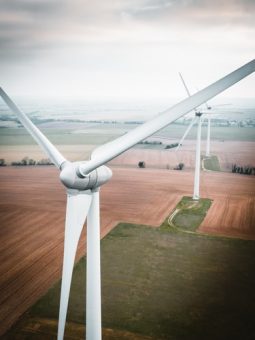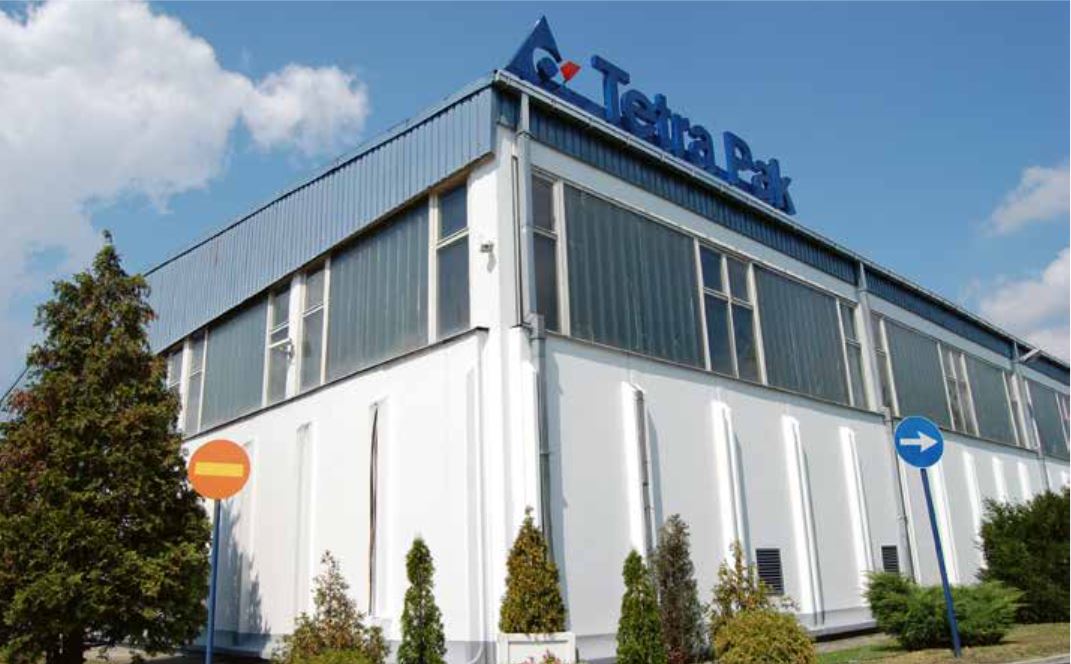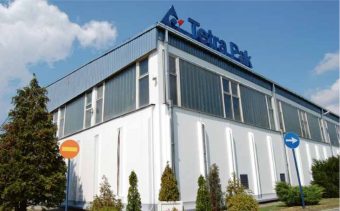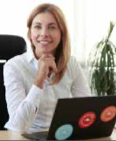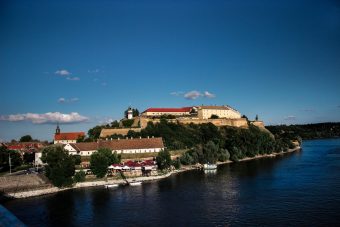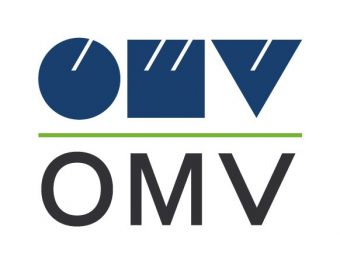
Global electricity demand surged in 2021, creating strains in major markets, pushing prices to unprecedented levels and driving the power sector’s emissions to a record high. Electricity is central to modern life and clean electricity is pivotal to energy transitions, but in the absence of faster structural change in the sector, rising demand over the next three years could result in additional market volatility and continued high emissions, according to an IEA report released.
Driven by the rapid economic rebound, and more extreme weather conditions than in 2020, including a colder than average winter, last year’s 6 percent rise in global electricity demand was the largest in percentage terms since 2010 when the world was recovering from the global financial crisis. In absolute terms, last year’s increase of over 1 500 terawatt-hours was the largest ever, according to the January 2022 edition of the IEA’s semi-annual Electricity Market Report.
The steep increase in demand outstripped the ability of sources of electricity supply to keep pace in some major markets, with shortages of natural gas and coal leading to volatile prices, demand destruction and negative effects on power generators, retailers and end users, notably in China, Europe and India. Around half of last year’s global growth in electricity demand took place in China, where demand grew by an estimated 10 percent. China and India suffered from power cuts at certain points in the second half of the year because of coal shortages.
“Sharp spikes in electricity prices in recent times have been causing hardship for many households and businesses around the world and risk becoming a driver of social and political tensions,” said IEA Executive Director Fatih Birol. “Policy makers should be taking action now to soften the impacts on the most vulnerable and to address the underlying causes. Higher investment in low-carbon energy technologies including renewables, energy efficiency and nuclear power – alongside an expansion of robust and smart electricity grids – can help us get out of today’s difficulties.”
More:
- Global Electricity Demand is Growing Faster than Renewables, Driving Strong Increase in Generation From Fossil Fuels
- G7 Members Have a Unique Opportunity to Lead the World Towards Electricity Sectors With Net Zero Emissions
- Clean Energy Demand For Critical Minerals Set to Soar as the World Pursues Net Zero Goals
The IEA’s price index for major wholesale electricity markets almost doubled compared with 2020 and was up 64 percent from the 2016-2020 average. In Europe, average wholesale electricity prices in the fourth quarter of 2021 were more than four times their 2015-2020 average. Besides Europe, there were also sharp price increases in Japan and India, while they were more moderate in the United States where gas supplies were less perturbed.

Electricity produced from renewable sources grew by 6 percent in 2021, but it was not enough to keep up with galloping demand. Coal-fired generation grew by 9 percent, serving more than half of the increase in demand and reaching a new all-time peak as high natural gas prices led to gas-to-coal switching. Gas-fired generation grew by 2 percent, while nuclear increased by 3.5 percent, almost reaching its 2019 levels. In total, carbon dioxide (CO2) emissions from power generation rose by 7 percent, also reaching a record high, after having declined the two previous years.
“Emissions from electricity need to decline by 55 percent by 2030 to meet our Net Zero Emissions by 2050 Scenario, but in the absence of major policy action from governments, those emissions are set to remain around the same level for the next three years,” said Dr Birol. “Not only does this highlight how far off track we currently are from a pathway to net zero emissions by 2050, but it also underscores the massive changes needed for the electricity sector to fulfil its critical role in decarbonising the broader energy system.”
For 2022-2024, the report anticipates electricity demand growing 2.7 percent a year on average, although the Covid-19 pandemic and high energy prices bring some uncertainty to this outlook. Renewables are set to grow by 8 percent per year on average, serving more than 90 percent of net demand growth during this period. We expect nuclear-based generation to grow by 1 percent annually during the same period.
As a consequence of slowing electricity demand growth and significant renewables additions, fossil fuel-based generation is expected to stagnate in the coming years, with coal-fired generation falling slightly as phase-outs and declining competitiveness in the United States and Europe are balanced by growth in markets like China and India. Gas-fired generation is seen growing by around 1 percent a year.
Source: IEA

